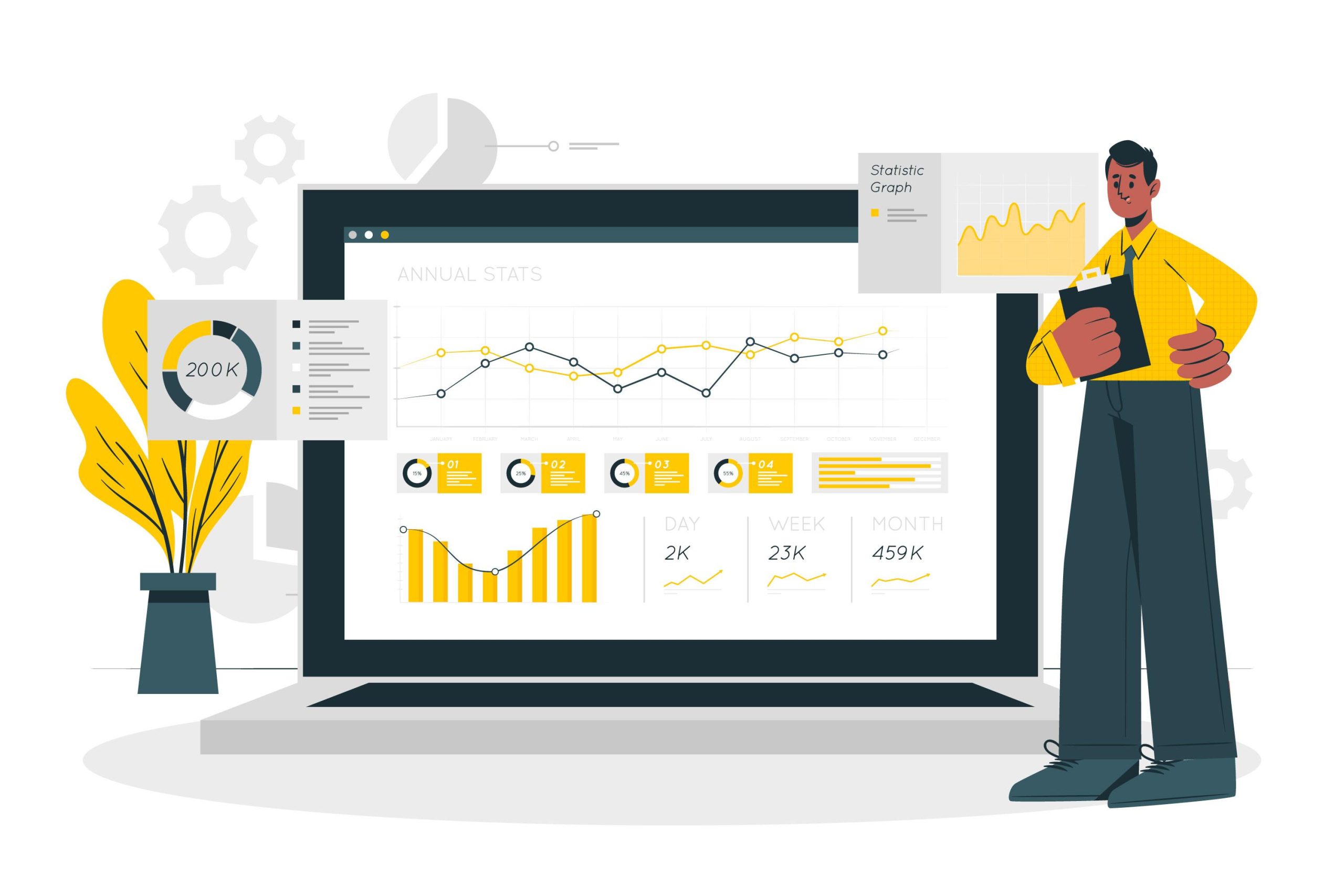The rapid evolution of technology in higher education has opened new avenues for attracting and retaining students. With competition among institutions increasing, colleges and universities are turning to predictive analytics to make informed decisions that drive enrollment and retention success. Predictive analytics, which revolves around analyzing data to forecast trends and behaviors, is revolutionizing how educational institutions strategize. This innovative approach allows them to anticipate student needs, preferences, and potential challenges, thereby creating a more tailored and efficient enrollment strategy.
Data-driven decision-making starts with identifying the key variables that influence prospective students’ choices. By analyzing historical data, institutions can uncover patterns and insights related to enrollment trends, preferences, and demographics. Factors such as geographic location, academic interests, and previous engagement levels are collected to paint a comprehensive picture of potential student behavior. This allows academic institutions to personalize marketing efforts, making outreach more appealing and effective to prospective students who are more likely to enroll and thrive.
Predictive analytics transforms the recruitment process by optimizing communication strategies. Through data analysis, colleges can identify the most effective channels to reach their target audience. For instance, social media platforms and email campaigns can be fine-tuned to ensure the right message is delivered at the right time. By leveraging predictive analytics in communication, institutions not only increase interest but also improve the likelihood of converting potential students into enrolled ones. This data-driven precision significantly enhances enrollment yield and helps institutions stand out in a crowded educational landscape.
Retention is as crucial as recruitment, and here, predictive analytics plays a pivotal role as well. By closely monitoring student performance and engagement levels, institutions can predict which students might be at risk of dropping out. Early detection allows for timely interventions, such as academic support or mentorship programs, to address and mitigate challenges students are facing. Through continuous monitoring, colleges can create support structures tailored to individual student needs, thus fostering a nurturing environment that encourages students to stay and succeed.
Financial considerations are also central to students’ decisions about enrolling and staying in their chosen institutions. Predictive analytics enables colleges to assess the financial needs of potential and current students, allowing for the creation of targeted financial aid packages. By predicting which students are most in need of assistance, educational institutions can allocate resources more effectively. This ensures that financial barriers are minimized, enhancing student satisfaction and retention while also positioning the institution as one that prioritizes accessibility and support.
The successful application of predictive analytics requires institutions to invest in the right technology and expertise. Building a robust data infrastructure is essential for gathering accurate and comprehensive data. Training staff and incorporating data scientists into the academic workforce can help ensure effective implementation and interpretation of analytical results. Moreover, fostering a culture of data literacy among faculty and administrative staff is crucial. This allows institutions to continuously refine their strategies, ensuring long-term success in both attracting and retaining students.
As the competitive landscape of higher education continues to evolve, predictive analytics offers a powerful tool for enhancing the educational experience. By leveraging data to understand and respond to student needs proactively, institutions can craft strategies that do more than boost enrollment. They can ensure long-term student success and institutional growth. Embracing this technological advancement not only aligns with modern educational trends but also underpins a commitment to providing a superior, student-centered learning experience.
